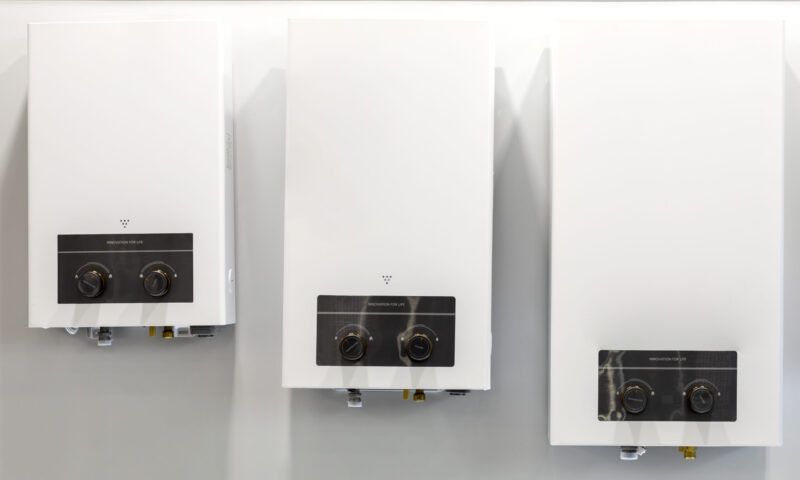Connecting the installation on-grid does not completely free us from the relationship with the energy company, so we will have to periodically settle the possible energy consumption from the general network or simply incur fixed network maintenance costs. In order to control the exchange of electricity between the photovoltaics and the general grid, a bidirectional meter is necessary, through which the electricity supplier will calculate the consumption exceeding the difference with the production of the surplus sent to the grid.
When designing installations, it is rare for customers to decide to select power based on minimum parameters, which would result in constant energy consumption from the network and the need to pay for the consumed electricity. In the case of the installation’s limit values, it is equally probable that the energy exchange balance may amount to 0, although of course it is difficult to precisely match the production to the demand due to, for example, variable weather factors. However, if this happens, in such a situation we will only be obliged to bear the fixed costs of maintaining the network, which amount to approximately PLN 20 per month and include, among others: meter fee.
The ideal situation is when more electricity is produced than is required by the household. In this case, if there are no energy storage units in circulation, the surplus is transferred directly to the grid, and the bidirectional meter records the exact number of kilowatt hours that were sent from the installation. Thanks to this, in winter, despite lower energy production, we can keep electricity bills very low, and often even at zero, if the surplus stored in the network covers the demand with reduced installation efficiency.




